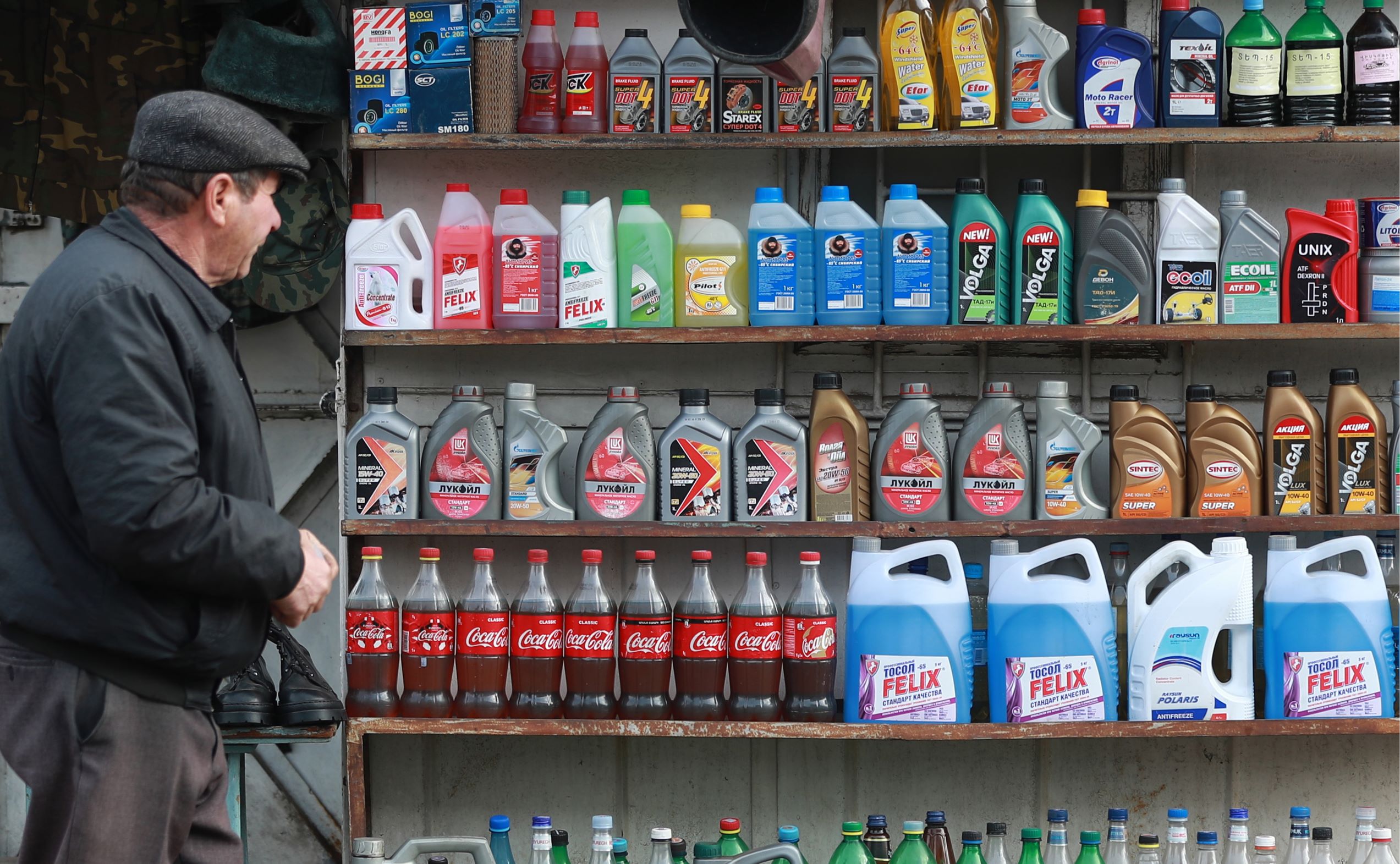Have you ever wondered why antifreeze comes in different colors? It’s not just for show – the color of your antifreeze can actually tell you a lot about what’s inside. In this blog post, we’ll take a closer look at why antifreeze comes in different colors and what those colors mean.
Antifreeze is an important part of your car’s cooling system. It helps to keep the engine cool by circulating coolant through the radiator. Antifreeze also has a very low freezing point, which means it can help to prevent your car from freezing up in cold weather.
The different colors of antifreeze are due to the different additives that are used in the coolant. The most common colors are green, red, and blue, but there are also other colors available. The color of the antifreeze does not affect its performance or how it works.
Coolant Color Pink
Your engine coolant does a lot more than just keep your car from overheating. In fact, it actually plays a vital role in keeping your engine running smoothly and efficiently. That’s why it’s important to pay attention to the color of your coolant.
If you notice that your coolant has turned pink, there’s no need to panic. It simply means that there is too much water in the mix and it needs to be replaced. The good news is, this is an easy fix.
Simply drain out the old coolant and add fresh coolant with the correct proportions of water and antifreeze.
If you’re not sure how to do this, or if you don’t feel comfortable working with chemicals, you can always take your car to a mechanic or auto shop and they’ll be happy to take care of it for you.

Credit: www.motorbiscuit.com
Does the Color of My Antifreeze Matter?
If you’re like most car owners, you probably don’t think much about your antifreeze. But did you know that the color of your antifreeze can actually be important?
Most antifreezes are either green or red.
But there are also some that are blue or yellow. So what’s the difference?
Well, it turns out that the color of your antifreeze can affect how well it works.
For example, green antifreeze is typically best for older cars while red antifreeze is usually better for newer cars. Blue and yellow antifreezes are designed for specific types of engines and may not work as well in other types of engines.
So if you’re unsure about which type of antifreeze to use in your car, be sure to check with your mechanic or the manufacturer to find out what they recommend.
Using the wrong type of antifreeze could cause serious problems with your engine.
What Do the Different Colors of Antifreeze Mean?
Most people are familiar with the standard green antifreeze, but there are actually several different colors of antifreeze available on the market. Here’s a quick guide to what each color means:
Green Antifreeze: The most common type of antifreeze, green antifreeze is typically made from ethylene glycol and is compatible with most engine coolants.
Blue Antifreeze: Blue antifreeze is usually made from propylene glycol and provides better heat transfer than green antifreeze. It’s also more environmentally friendly and less toxic.
Red Antifreeze: Red antifreeze contains higher concentrations of corrosion inhibitors than other types of antifreeze, making it ideal for use in areas with hard water or high mineral content.
What Happens If You Use the Wrong Color Antifreeze?
If you use the wrong color antifreeze, it can cause your car to overheat. The wrong color antifreeze will not mix properly with the coolant in your car, and this can cause clogs and blockages. Additionally, using the wrong color antifreeze can void your car’s warranty.
What Color Should Your Antifreeze Be?
If you’re like most car owners, you probably don’t think much about your antifreeze. But this important fluid does a lot to keep your engine running smoothly and prevent it from overheating. So it’s important to make sure that it’s the right color.
Most antifreeze is either green or orange. If you’re not sure which color yours should be, check the owner’s manual for your vehicle. In general, green antifreeze is for older cars and trucks, while orange antifreeze is for newer vehicles.
If you do need to add antifreeze to your engine, be sure to use the same color that’s already in there. Mixing different colors of antifreeze can cause problems with your engine cooling system.
Conclusion
Some people may not know that antifreeze comes in different colors, but the truth is that there are actually three different colors of antifreeze. The first color is green, which is the most common type of antifreeze. The second color is blue, which is less common than green but still used in some cars.
The third color is red, which is the least common type of antifreeze. Each color of antifreeze has its own benefits and drawbacks, so it’s important to choose the right one for your car.
